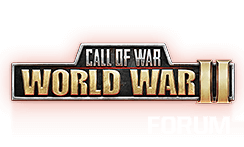I would agree that a WWII era paratroop unit would be weak against all units with possible exception of opposing infantry. There AT capability tended to be limited and supplies were an issue when not releaved within several days.
"A good plan, violently executed now, is better than a perfect plan next week." - General George S. Patton, Jr.
"Do, or do not. There is no try" - Yoda
"Do, or do not. There is no try" - Yoda
